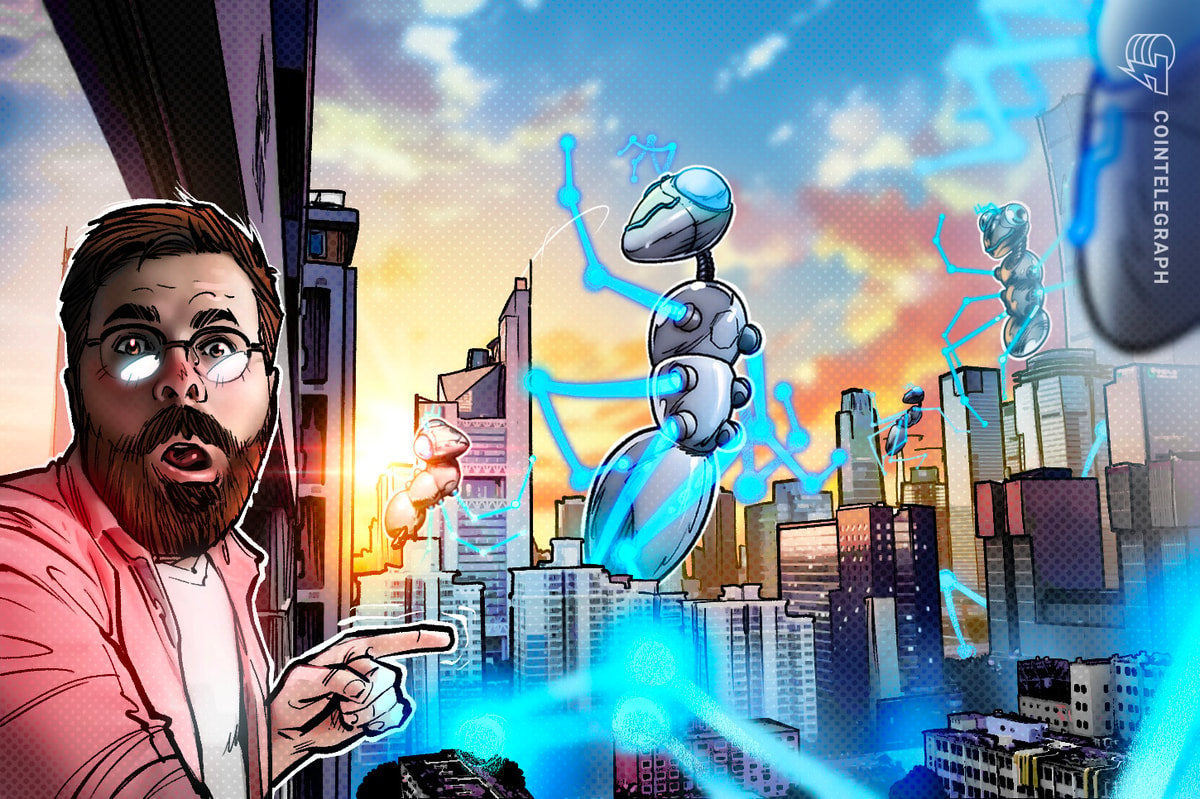
"Blockchain growth in 2025 hinges on real usage and tech upgrades, not speculation or hype. Active users, measured by wallet addresses, are the key metric. DeFi, NFT ecosystems and stablecoin adoption are driving millions of new users. Partnerships with major platforms and institutional inflows through Bitcoin ETFs are accelerating adoption. Networks still face inflated metrics, scalability trade-offs, regulatory pressure and L1-L2 competition. The blockchain industry is growing rapidly, with new networks emerging to compete with established leaders."
"In 2025, blockchain growth has been driven by real user engagement and innovative technology, not just speculation. From foundational layer-1 blockchains to efficient layer-2 solutions, networks are vying to attract millions of users through low-cost transactions, seamless integrations with mainstream platforms and thriving decentralized finance (DeFi) and non-fungible token (NFT) ecosystems. This article ranks the top 10 fastest-growing blockchains based on their active user growth."
"For the uninitiated, L1 blockchains provide foundational infrastructure with native consensus mechanisms, while L2 solutions are designed to enhance the scalability of L1 blockchains and reduce their costs. For instance, Ethereum is an L1 blockchain, while Polygon is an L2. The term active users refers to a unique wallet address that completes a transaction. Fully diluted valuation (FDV) is the theoretical total market value of a cryptocurrency, assuming all its tokens are in circulation at the current price."
Active user growth, measured by unique wallet addresses completing transactions, defines blockchain expansion in 2025. Layer-1 networks and layer-2 scaling solutions compete to attract millions through low fees, faster throughput and integrations with mainstream platforms. DeFi, NFT ecosystems and stablecoin usage are primary demand drivers, while partnerships and institutional inflows such as Bitcoin ETFs accelerate adoption. Networks face challenges including inflated engagement metrics, scalability trade-offs, regulatory scrutiny and intense L1-L2 competition. New entrants continue to emerge, prompting continual comparison against established leaders using metrics like active users and fully diluted valuation (FDV).
Read at cointelegraph.com
Unable to calculate read time
Collection
[
|
...
]